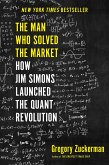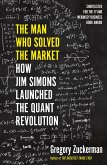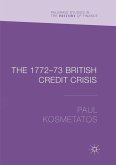This book explores the way in which banks were regulated in the UK in the period from 1946 until 1971. It focuses upon a group of 11 banks known as the London clearing banks. These banks included the 'Big Five' - Barclays, Lloyds, Midland, National Provincial and Westminster - and were the equivalent to today's retail banks.
The time period in question is an intriguing one in the history of banking and bank regulation in that the banking system was very stable, but the regulatory framework was less dependent upon codified forms of regulation than it is today. Having explored the nature of clearing bank regulation, Arch goes on to consider the rationale behind it, as well as its consequences. She concludes by reflecting upon the nature of bank regulation since the global financial crisis. This title is essential reading for academics with an interest in banking history and bank regulation, for practicing bank regulators and for regulatory policymakers.
The time period in question is an intriguing one in the history of banking and bank regulation in that the banking system was very stable, but the regulatory framework was less dependent upon codified forms of regulation than it is today. Having explored the nature of clearing bank regulation, Arch goes on to consider the rationale behind it, as well as its consequences. She concludes by reflecting upon the nature of bank regulation since the global financial crisis. This title is essential reading for academics with an interest in banking history and bank regulation, for practicing bank regulators and for regulatory policymakers.








